
hotline:
17715390137
Tel/Wechat:
18101240246 (Technology)
0512-68565571
Email:mxenes@163.com (Sales Engineer)bkxc.bonnie@gmail.com
Scan the code to follow or search the official account on WeChat:
2D Materials Fronrier After paying attention,
click on the lower right corner to contact us,
Enter enterprise WeChat.
Professional Services Online

Recently, Associate Researcher Jiang Xiantao (first author) and Distinguished Professor Zhang Ye (corresponding author) of Shenzhen University published a topic titled Physics Reports-Review Section of Physics Letters (Impact Factor 28.295, top journal of the JCR Section 1 of Chinese Academy of Sciences) A long review of "Two-dimensional MXenes: From morphological to optical, electric, and magnetic properties and applications".
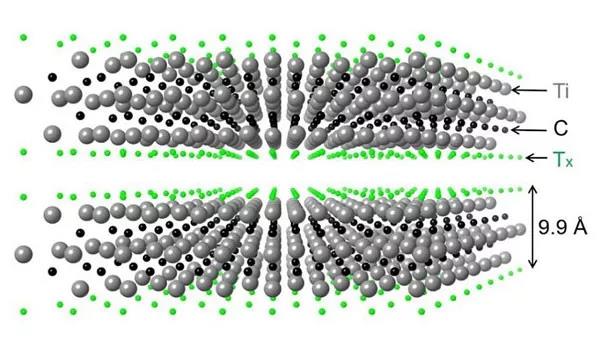
Figure 1. Schematic diagram of the atomic structure of two layers of MXene: Ti3C2Tx.
In recent years, a new two-dimensional material family MXene invented by Drryel University Yury Gogotzi and others has attracted widespread attention. MXene specifically refers to a type of material system composed of Mn + 1XnTx elements, where M represents an early transition group metal element, X represents C or N, and T refers to a group / modifier on the surface of the two-dimensional material, n is usually taken as Values range from 1-3. Due to the rich chemical composition of the system, more than 70 types of MXene materials have been reported so far, which provides a wide space for the preparation of appropriate MXene materials according to performance requirements. Unlike the difficulty of surface modification of graphene, the surface modification body of MXene material itself gives it the possibility of flexible chemical modification and good compatibility with water, organic phase solvents and organisms. The combination of metal elements and C / N elements also gives good electrical properties to MXene materials, and it is worth noting that the good electrical properties do not affect the excellent optical properties of MXene. The linear absorption of MXene is about 1% / nm, which is much lower than that of graphene‘s 2.3% / single layer (the thickness of each single layer of graphene is ≤1nm). Due to the various excellent physical and chemical properties of MXene materials, such as high electrical conductivity, high elastic modulus, high permittivity, tunable band gap, high optical transmittance, ion implantation, room temperature preparation, and Good compatibility with water, organic solvents and organisms. MXene has been widely used in energy storage, structural materials, electromagnetic shielding, water purification, gas sensors, biosensors, catalysts, hydrogen production, photothermal treatment, and nuclear waste processing.
Based on this, the review paper systematically introduces the new MXene two-dimensional material in seven parts: (1) theoretical calculations and predictions. Including theoretical calculation methods, photoelectromagnetic properties, topological properties, surface light energy groups, and MXene heterojunctions. (2) The preparation method of MXene material is shown in Figure 2. Including (I) selective etching, such as HF etching, acid-free environment etching, molten salt etching; (II) chemical transformation, such as carbonization or nitriding of non-MXene raw materials; (III) bottom-up construction, Such as CVD production, salt template method. (3) The morphological characteristics of MXene, including a systematic summary and discussion of various morphologies and surface groups, as shown in Figure 3. (4) Optical properties and applications of MXene. Including linear optics (see Figure 4), nonlinear optics, luminescent properties, surface plasmons, photon-phonon interactions, biophotonics, etc. (5) Electrical performance and application of MXene. The system introduces the key factors affecting the electrical performance of MXene, and lists some typical applications, such as electronic devices, EMI, sensing, photo-electro-chemical catalysis, etc., as shown in Figure 5. (6) The magnetic performance of MXene and its latest development. For example, temperature and surface groups are used to control the MXene magnetism. (7) Challenges and opportunities for MXene development. This article looks at MXene in multidimensional models and material information, nonlinear optics, magneto-optical, non-equilibrium states, phase transitions, ENZ materials, metamaterials, chiral materials, organic-inorganic hybrids, quantum information, and biomedical applications Prospects and opportunities.
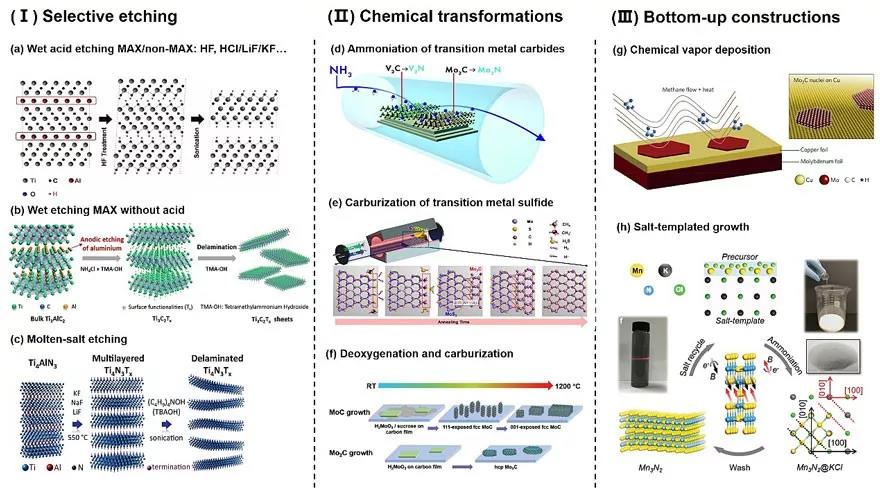
Figure 2. Preparation of MXene material. (I) selective etching, (II) chemical transformation, and (III) bottom-up construction.
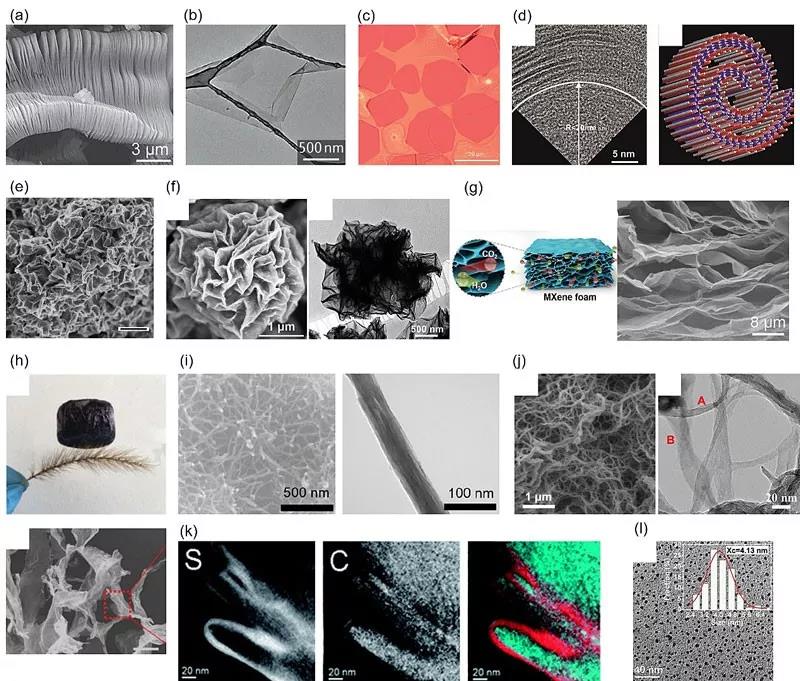
Figure 3. Various morphologies of MXene materials.
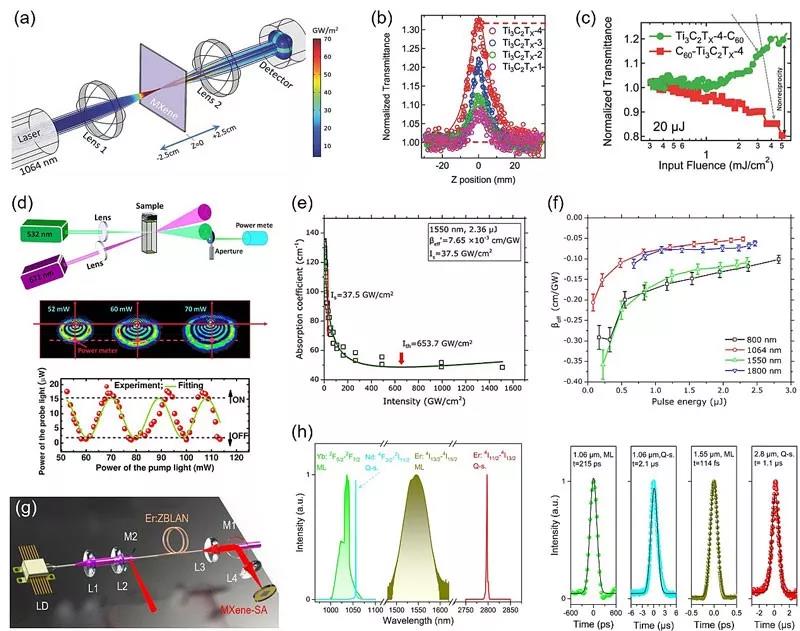
Figure 4. MXene‘s nonlinear optical performance and its application list.
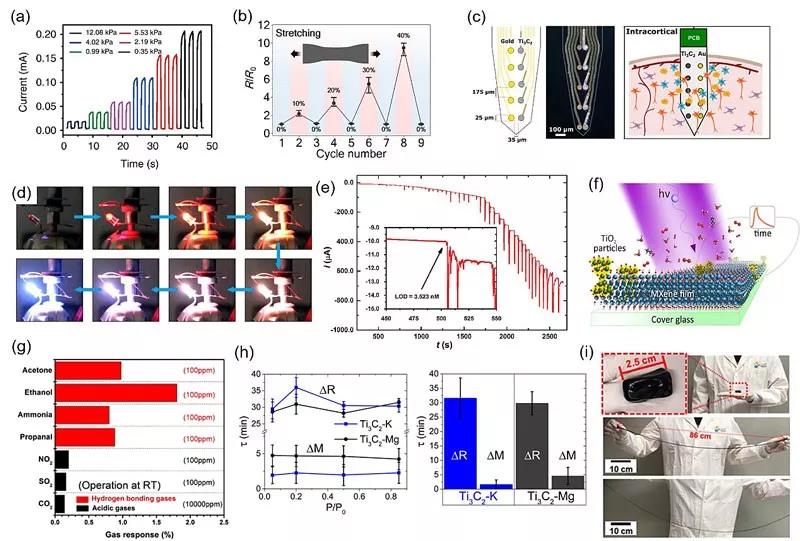
Figure 5. List of MXene electrical performance applications.
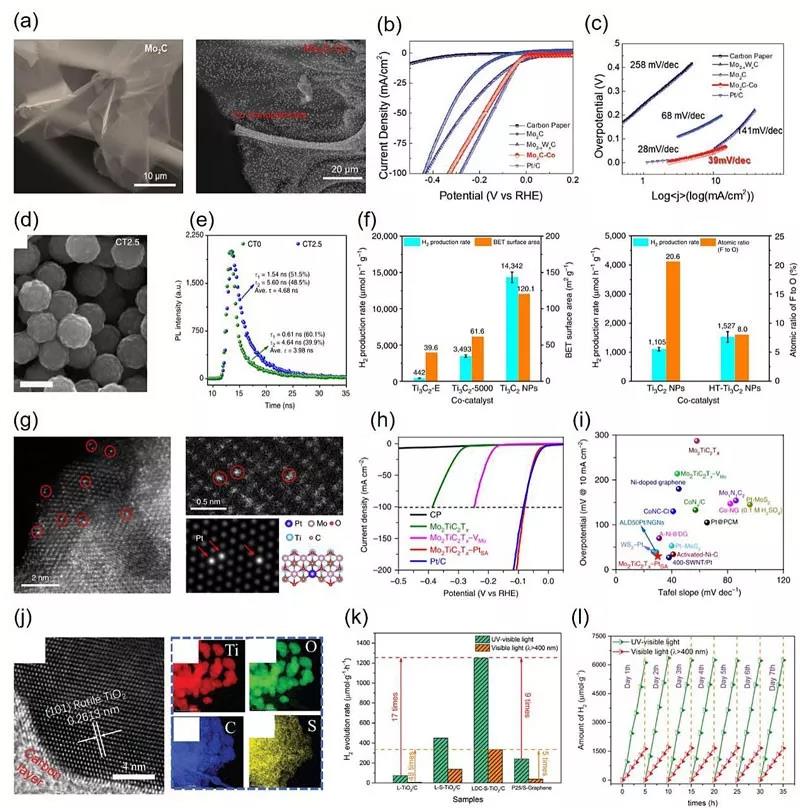
Figure 6. List of MXene catalytic applications.
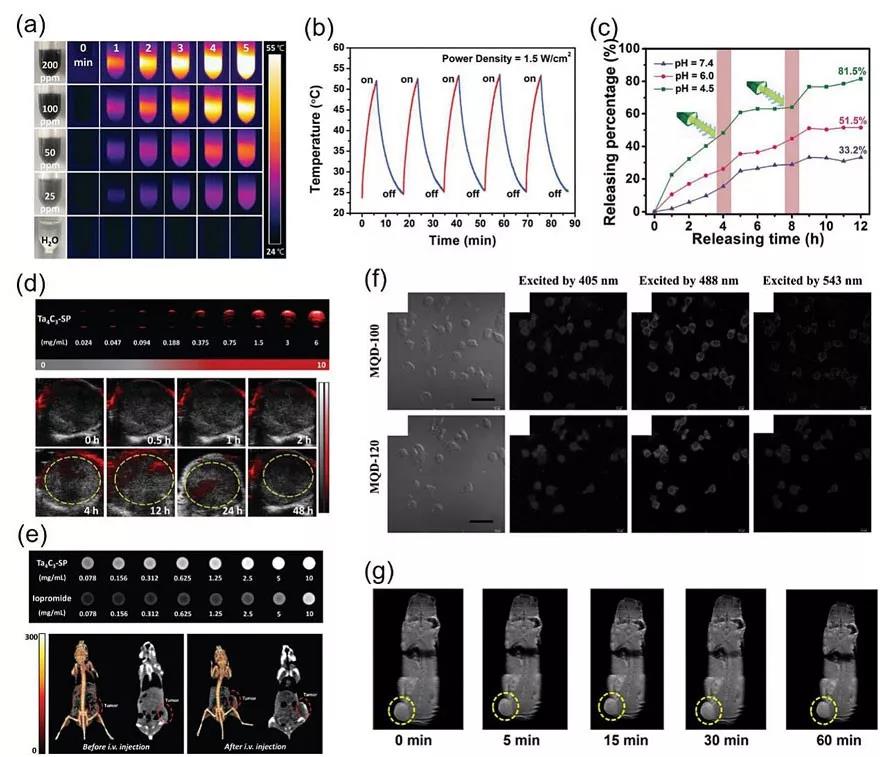
Figure 7. List of MXene biomedical applications.

| Reminder: Beijing Beike New Material Technology Co., Ltd. supplies products only for scientific research, not for humans |
| All rights reserved © 2019 beijing beike new material Technology Co., Ltd 京ICP备16054715-2号 |